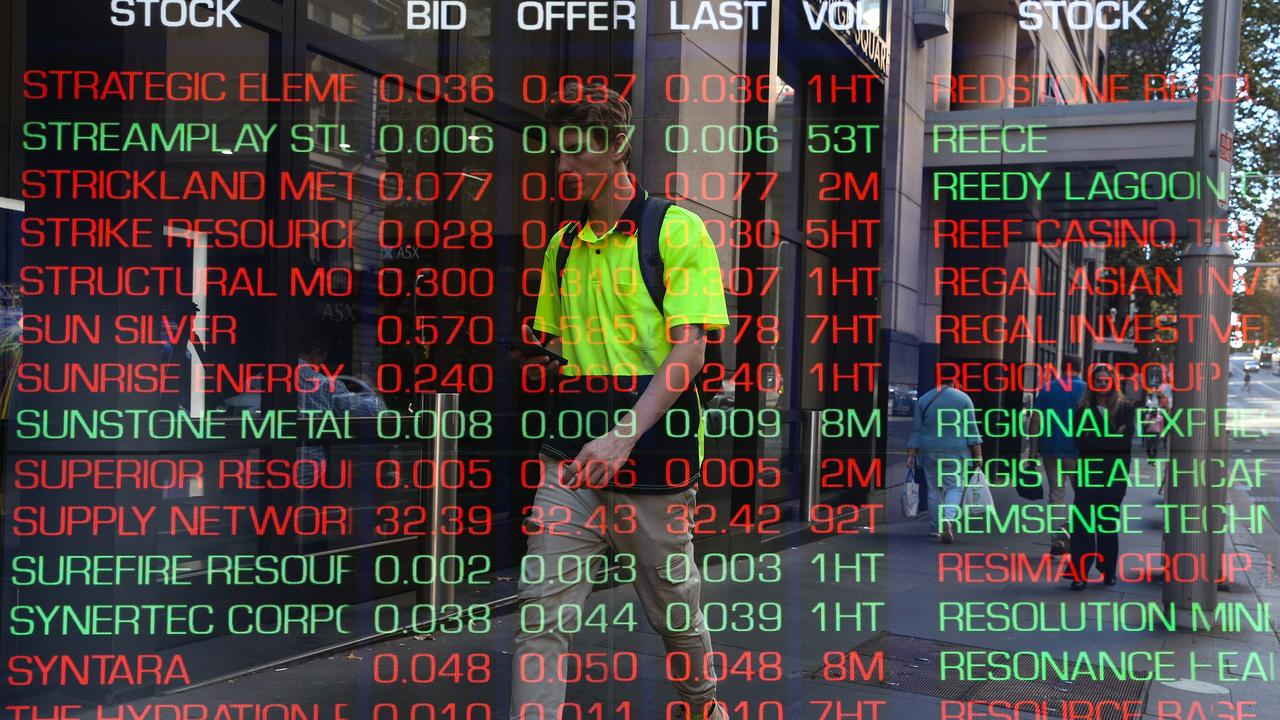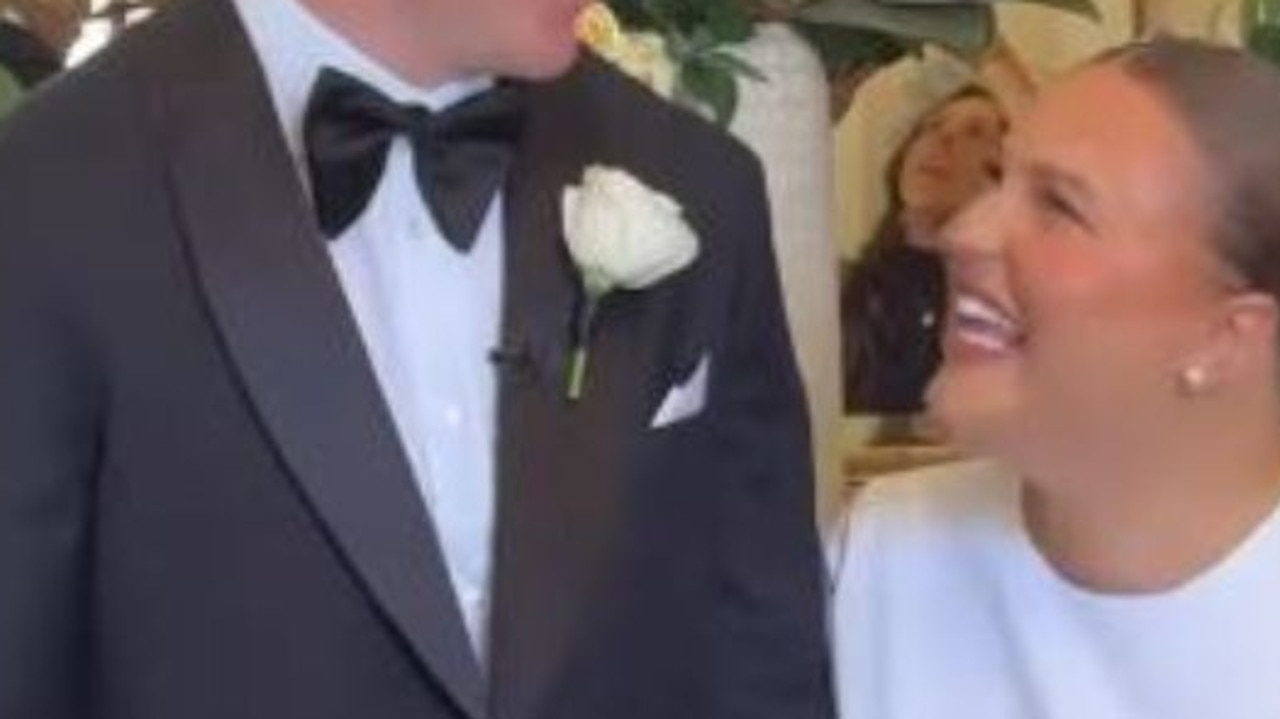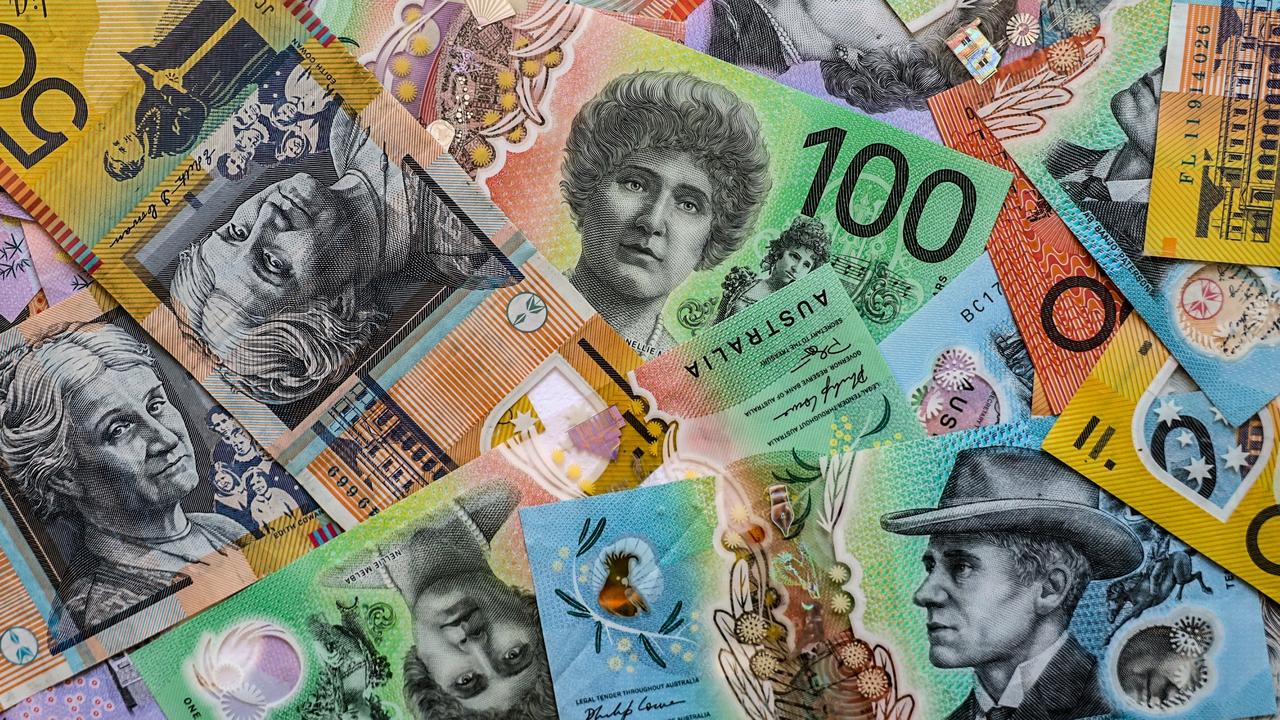The bizarre history of Trump Tower — and why Donald loathes to leave it
RIDICULED and abandoned by celebrities, but 34 years after Trump Tower opened, Donald Trump is having the last laugh.
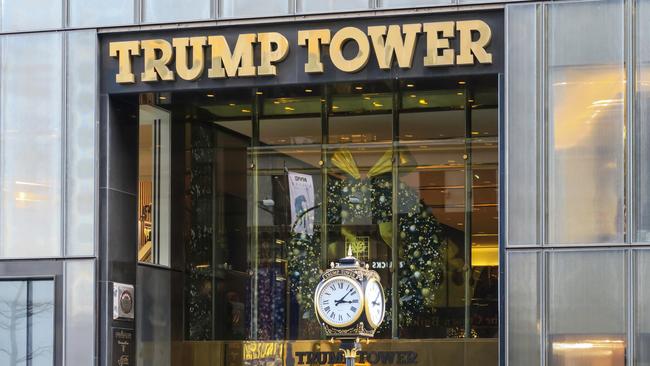
IT ARRIVED under a cascade of 10,000 balloons in a delirious blaze of 1980s optimism.
Donald Trump’s pink-marble fantasy, home to the world’s most glamorous boutiques, wrapped in gleaming, dark-bronze glass, opened on Fifth Avenue when empty store windows and “Going Out of Business” signs abounded.
For a few golden years after its opening on Feb. 14, 1983, Trump Tower audaciously screamed that New York, beset by soaring crime and crumbling streets, might once again live up to its self-proclaimed “world’s greatest city” image.
Sightseers oohed over the seven-story-high lobby waterfall. Wide-eyed fashionistas flocked to stores like Cartier and Buccellati, which ringed five atrium levels like diamond tiaras. Johnny Carson, Steven Spielberg and Sophia Loren bought apartments upstairs priced at up to $16 million ($US12 million).
The AIA Guide to New York City proclaimed Trump’s “fantasyland for the affluent shopper” as “flamboyant, exciting and emblematic of the American dream.”
Trump’s dream soon turned to laughs. It was ridiculed by architectural critics and abandoned by celebrity residents, who sold their pads to swindlers and felons. Glamorous stores and boutiques bailed out, too, leaving ordinary ones and empty space in their wake.
Now the last laugh belongs to Trump’s flagship tower. Thirty-four years later, the 68-story skyscraper can claim all the clout any bricks-and-mortar could want.

“We call it the Black House,” a waiter at the Armani restaurant across the street said of what’s now the most important address in the world. The question now is whether President Donald J. Trump can tear himself away from his beloved penthouse in the sky at 725 Fifth Ave. and downsize into the White House.
Although Der Scutt is Trump Tower’s architect of record, it was as much the vision of Donald Trump himself. It promised better times ahead — for the reeling city and for Trump, who quickly sold $397 million ($US300 million) worth of condos, a previously unheard-of feat that enabled him to pay off the building’s mortgage and construction cost.
Trump and his then-lovebird wife, Ivana, made their nest in a $132 million ($US100 million) “Versailles in the sky” triplex designed by Angelo Donghia in Louis XIV style.
Its over-the-top marble and 24-karat-gold surfaces mocked the rococo imitations of Maxwell’s Plum, the Upper East Side eatery where the couple first met. Trump called the apartment’s creation “harder than building the building itself.”
But a less triumphant tale soon unfolded downstairs. New York Times architectural critic Ada Louise Huxtable, who had written nice things about the tower when it was in the planning stage, demanded Trump remove an old, favourable quotation of hers from the lobby’s “pink-marble maelstrom.”
Shoppers began to pass up exotic stores such as Ludwig Beck, a Bavarian purveyor of Germanic products like forest-green jackets with buttons in the shape of horns. Of 40-odd stores that opened in Trump Tower in 1983, nearly 20 per cent had moved out by 1986.
In December 1987, Trump threw a monster bash in the atrium for the book Tony Schwartz wrote for him, The Art of the Deal. Trump’s pal Jackie Mason hosted what was billed as “the party of the year.” New Yorker writer Jane Mayer recently described how “a thousand guests in black tie were served champagne and fed slices of a giant cake replica of Trump Tower ... wheeled in by a parade of women waving red sparklers.”
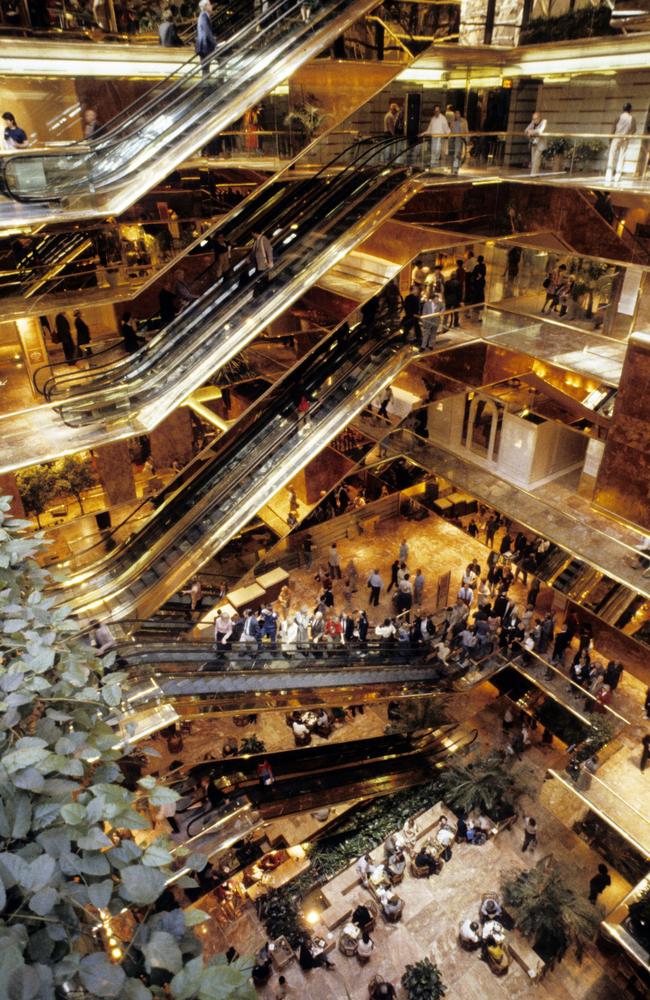
But the evening did no favours to the tower’s image. Many of us who attended recall a scary, goal line pileup of black-tied bodies at the feet of overcrowded escalators. Few got cake. Everyone else fought over morsels of bad snack food.
Once the early retail euphoria wore off, cheaper jewellery and tchotchke shops drew a tackier crowd. “If I’m buying a $2500 suede outfit, I don’t want to be surrounded by 25 per cent of the adult population of Boise, Idaho,” one merchant said in 1985.
Trump struggled with the atrium for nearly 20 years. He turned the third and fourth floors into showrooms. Competitors took notice. Related Cos. CEO Stephen Ross told The Post in 1999 that the mega-mall he was building at Columbus Circle, part of what’s now Time Warner Center, would “make Trump Tower look like a postage stamp.”
When Avon installed a ritzy spa on the fifth and sixth floors, Trump boasted to The Post: “I used to get 22 small checks, a lot of work. Now I get one check from a triple-A company.” But his triple-A tenant was gone by 2006. Britain’s Asprey launched a triplex emporium in 2003, but it, too, closed after just three years. Tourists hoping to catch a glimpse of Trump en route to his TV show, The Apprentice, found a gaping hole for rent at street level.
Trump finally hit the jackpot when Gucci moved its flagship there in 2008. But shoppers can enter the store only from the sidewalk, not through the tourist-clogged atrium that’s home only to Trump’s Grill and Bar. Trump boasts in a promotional video that the bar is a hotbed for romance. Why? “The pink marble makes people look better ... people feel they look better in the pink marble.”
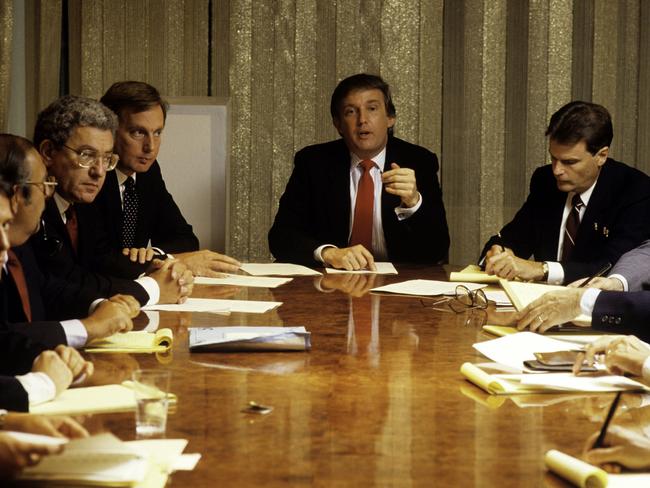
Life in Trump Tower condos could be sweet. A British-born friend of mine who lived in a high-floor apartment in the 1990s loved “watching the blimps sail by.” She and her boyfriend filled the house with more stuffed animals than at FAO Schwarz.
But mundane, law-abiding domestic bliss wasn’t for everyone. Among scoundrels who replaced the celebrity first wave of buyers were helicopter mogul Joseph Weichselbaum, whose choppers once ferried passengers to Trump’s Atlantic City casinos. Weichselbaum, a convicted embezzler and drug trafficker, moved into a girlfriend’s apartment in the tower in 1999, after he had done prison time.
Hard-partying art dealer Helly Nahmad — a current resident who “devotes most of his time buying Renoirs and Modiglianis to stockpile,” the Observer reported — spent time behind bars in 2014 for his role in a $132 million ($US100 million) gambling ring. The games in his 51st-floor Trump Tower apartments drew Leonardo DiCaprio and Alex Rodriguez. Nahmad returned to his aerie in 2015. He remained there under house arrest for a few months after being transferred from a halfway house in the Bronx.
The scene is as mixed in Trump Tower’s 200,000 square feet of office space on floors 14 to 26. They’re home to the Industrial and Commercial Bank of China, which China-bashing Trump once called “a great” tenant. On the creepier side was Steven Hoffenberg, a chest-thumping Ponzi schemer who briefly gained control of The Post when former owner Peter Kalikow ran out of dough in early 1993.
A few weeks after Hoffenberg was blessedly ousted from his perch as Post “publisher,” he announced plans to launch his own daily paper out of a Trump Tower suite.
Hoffenberg told Bloomberg that for Trump, “Renting space has nothing do with colour or race — or indictment. It has to do with if you can pay the rent.”
Hoffenberg soon moved to a less forgiving address, the federal prison in Fort Dix, NJ, where he spent the next 18 years.
Many Americans know Trump Tower mainly from NBC’s The Apprentice. Producer Mark Burnett sold a hesitant Trump on the idea partly by telling him that shooting his scenes entirely inside the tower wouldn’t take up much of his precious time.
The wood-panelled “boardroom” that spawned Trump’s “You’re fired!” line is actually a set. The hocus-pocus drew over 20 million viewers in its first season in 2004 and made Trump a familiar, popular face in American homes for 12 years. Two years before Twitter was born in 2006, Trump used his Apprentice pulpit to refine his words into the needle-sharp instrument of praise or pain that later would define his campaign.
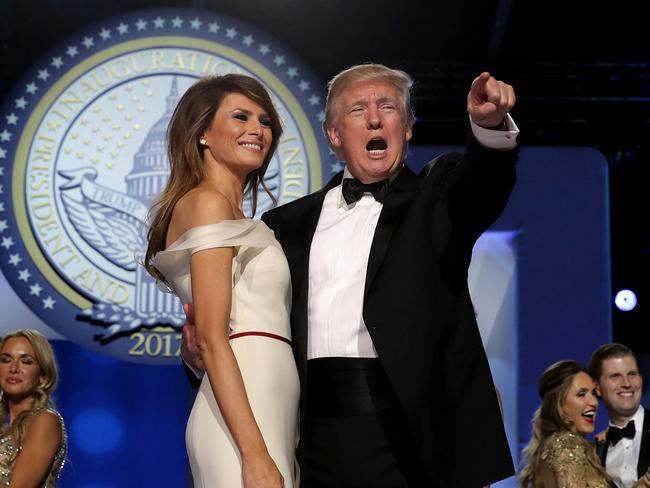
Trump, accompanied by Melania, rode the grand escalator to Trump Tower’s ground floor to announce his presidential candidacy in June 2015. New Yorkers who barely tolerated the tower they regarded as a tacky monument to Trump’s ego, now have reason to hate it outright.
What was merely a public circus prior to Trump’s election — remember last summer’s suction-cup wall climber? — mushroomed into blocked streets and sidewalks that paralysed Midtown and ruined business at Tiffany and Armani.
Tower residents who paid millions for their homes must brave the Secret Service, the NYPD and howling protesters.
But the chaos doesn’t faze visitors from the rest of the country. Their selfie-snapping numbers seem greater than ever. They seem to enjoy the chaos and a “Naked Trump” hunk who shares the Fifth Avenue sidewalk with machine-gun-toting security guards.
The tourists’ pilgrimages to Trump Tower matter more than those of world leaders and captains of industry who cross the marble floor to kiss the commander-in-chief’s ring. They are, after all, the between-the-coasts Americans who elected Trump. It’s their tower, too — even if it never likely crossed Donald Trump’s mind that he’d one day have to share it with them.

This article originally appeared on New York Post and was reproduced with permission.

